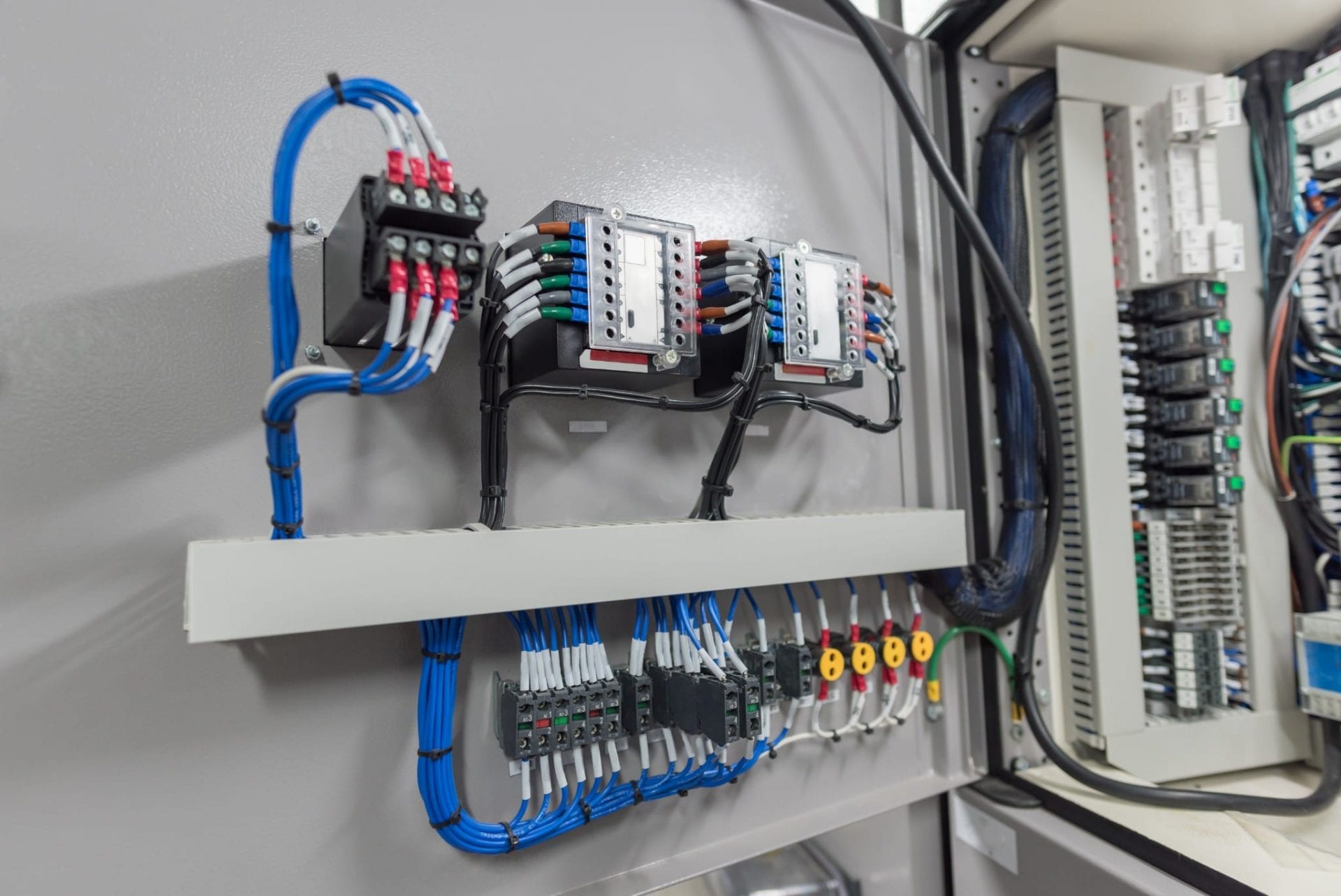A Step-by-Step Beginner's Guide to Electrical Wiring

The electrical wiring is an essential component of any home, and understanding it is crucial for each homeowner. Not only is it helpful to ensure the smooth functioning of your home, but it is also crucial to ensure your safety. In this article, we will discuss the basics of electrical wiring and the importance of safety as well as the benefits of employing an authorized residential electrician for all your electrical wiring needs.
Understanding the fundamentals of electrical wiring
Electrical wiring is the network of electrical conductors that runs throughout your home, providing electric power to appliances as well as lighting fixtures. It functions by creating electrical circuits that connect your power source to your devices. Electrical circuits consist of switches, wires, along with other electronic components, which work to form a secure and efficient electrical system. There are various kinds of electrical wiring, such as aluminum, copper, and wire insulation types such as PVC or rubber.
Planning and Preparation for Electrical Wiring
Before installing the new wiring for electrical use, it is important to consider many aspects to take into consideration, such as the kind of wiring that you require, the power capacity that your electric system can handle, and the power requirements you require. In addition, it is essential to be aware of electrical wiring regulations and permits that are required in your area. To be prepared for electrical wiring, design an electrical plan, and then assess your electrical requirements. This will help to ensure your wiring system is secure efficient and effective, as well as meeting the power requirements of your home.
Materials and tools required for Electrical Wiring
When making new electrical wiring, it is crucial to have the right materials and tools on hand. The most important tools are strippers, wire cutters pliers, as well as an electrical voltage tester. Other components required for wiring electrically comprise electrical tapes, wire nuts conduit as well as electrical box. It’s also beneficial to be equipped with a wiring diagram to help you with the installation process.
Step-by-Step Guide for Electrical Wiring Installation
Installation of electrical wiring can be an intimidating process however, with the right equipment and the right knowledge it can be accomplished in a safe and efficient manner. Here is a step-by-step guide to installing electrical wiring in your home:
Switch off the power in the location where you’ll be working.
Design the wiring layout and mark the location where the wire will be placed.
Install electrical boxes and conduit where necessary.
Cut and strip the wires until the correct length.
Make sure you connect the cables to your devices or fixtures that you’re wiring.
Secure the wires in place using the wire nuts or electrical tape and conduit straps.
Examine the wiring to confirm it is functioning properly.
In the process of installing It is crucial to follow wiring installation best techniques and guidelines. Additionally, be aware of common mistakes in the installation of electrical wire, like overloading circuits, using wires that are damaged, or using the wrong kind of wire to accomplish the task.
Troubleshooting Electrical Wiring Problems
Even with careful planning and installation, electrical wiring issues may develop. Common issues include wiring problems, overloads in circuits, and electrical shorts. To solve these issues it is essential to be aware of the most common electrical wiring problems and understand how to efficiently and safely address them. It is also essential to follow the proper electrical safety protocols when troubleshooting electrical wiring issues including shutting off the power and wearing protective gear.
Conclusion
In the end, knowing about how your electrical wiring is wired in your home is vital to your safety and the efficient functioning that your electric system provides. It is crucial to engage an authorized electrician to make sure your wiring is set up and maintained correctly. We at Local Electrician Dandenong, we provide an array of electrical services, including wiring installation and repair. Reach out to Local Electrician Dandenong at 1300 933 820 to discuss all your electrical wiring needs.
Electrical Wiring FAQ
Here are some commonly asked questions related to electrical wiring, along with other safety guidelines and best techniques for electrical wiring installation and repair:
What kind of wire should I choose to wire my electrical circuit?
The kind of wire you choose to use for your electrical wiring depends on the specific requirements of your home and the local building codes. It is essential to choose the correct wire gauge as well as the appropriate insulation type and wire materials to ensure the safety and efficiency for your wiring system.
Do I have the ability to put in my own electrical wiring?
While it is possible to install an electrical wire yourself it is important to have the right skills and knowledge to complete the task in a safe and efficient manner. In the majority of cases it is recommended that you engage an experienced electrician to ensure that your wiring is set up and maintained correctly.
How often do I need to inspect my electrical wiring?
It is suggested to inspect your electrical wiring at least every 10 years, or when you notice signs of electrical problems for example, frequent trips to the circuit breaker or electrical shocks.
What should I do if I discover electrical wiring issues in my house?
If you observe any electrical wiring issues in your home, such as flickering lights or outlets that don’t function, it’s important to address them immediately. Turn off the power to the area in question and contact an authorized electrician to assess and repair the problem.
By following these tips and the best methods, you can be sure that your electrical wiring is safe and working correctly. Be sure to put safety first and consult with a licensed electrician whenever you need to. Contact Local Electrician Dandenong at 1300 933 820 for all your electrical wiring needs.
